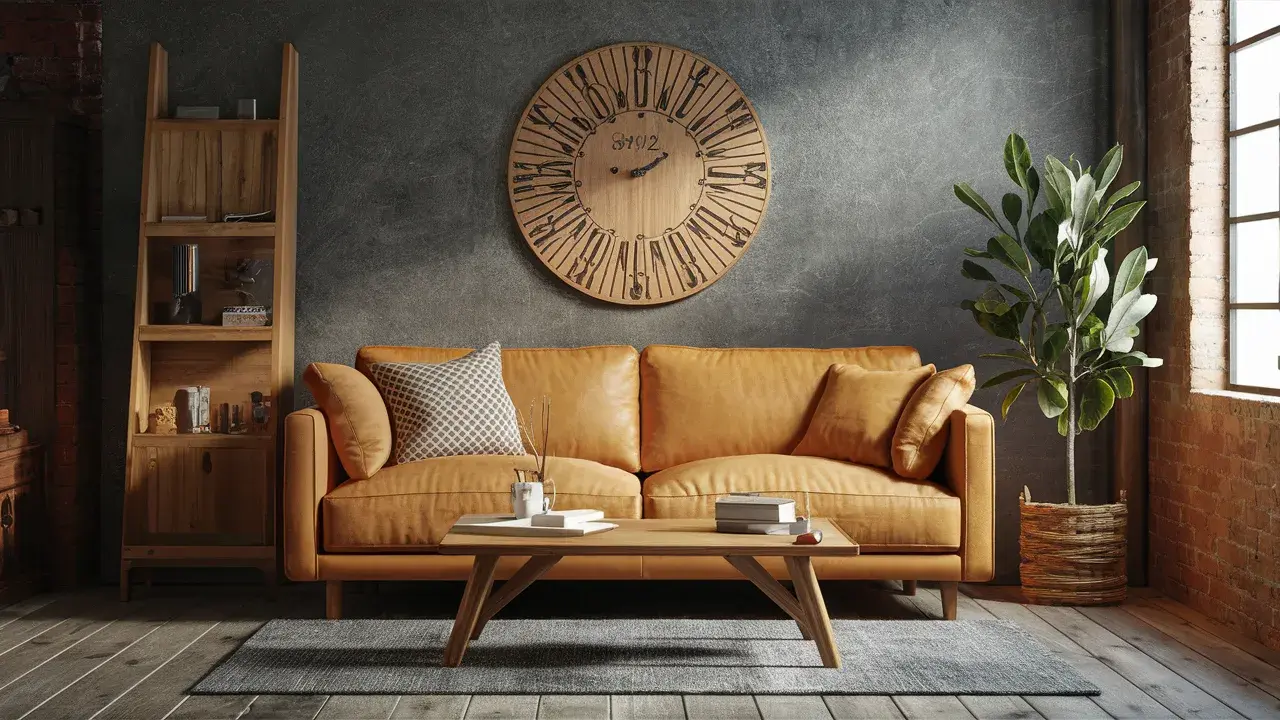Leather patches offer a versatile and durable solution for repairing damaged or worn furniture.
Whether your leather sofa has a tear or your chair has scratches, leather patches provide a seamless, long-lasting fix.
Say goodbye to damage and hello to restored elegance with our ultimate guide to leather patches for furniture repair.
Why Use Leather Patches for Furniture Repair?
Leather patches are a popular choice for furniture repair for several reasons.
The Leather is a durable material that can withstand wear and tear, making it ideal for high-traffic areas on furniture.
Leather patches can seamlessly blend in with the existing upholstery, creating a seamless and professional look.
They also provide a cost-effective solution for repairing minor damages, saving money on costly replacements.
Finally, leather patches are easy to install and can quickly restore the appearance and functionality of furniture, making them a practical and efficient choice for repair projects.
Benefits of using leather patches for furniture repair
Using leather patches for furniture repair offers a multitude of benefits.
Provides a cost-effective solution compared to replacing or reupholstering the entire piece of furniture.
Leather patches are easy to apply and can seamlessly blend with the existing upholstery, maintaining the original charm of the furniture.
These patches are also highly durable and can withstand daily wear and tear, ensuring a long-lasting repair.
By choosing a high-quality leather patch, you can elevate the aesthetics of your furniture, adding a touch of sophistication and elegance to your living space.
Types of Leather Patches
Leather patches come in various types, each with its own unique characteristics and uses.
The most common types of leather patches include full-grain leather, which is the highest quality and most durable option, and top-grain leather, which is slightly thinner but still high quality.
Split leather patches are made from the lower layers of the hide and are more cost-effective.
Suede leather patches have a soft, luxurious texture and are commonly used for clothing and accessories.
Bonded leather patches are made by bonding leather scraps together with adhesive, making them a more affordable option.
Each type of leather patch offers different benefits and aesthetics, allowing for a wide range of choices depending on the desired look and functionality.
Choosing the right type of leather patch for your furniture
When selecting a leather patch for furniture repair, it’s crucial to consider the type of leather that will best complement your piece.
Factors such as the color, texture, and thickness of the patch should align seamlessly with your furniture’s existing upholstery for a cohesive look.
Opt for genuine leather patches for superior quality and durability.
Faux leather patches can also be an option for a budget-friendly choice, but ensure they mimic the appearance and feel of real leather.
Consider seeking expert advice or samples to match the patch accurately.
Preparing the surface for the patch application
Before applying the leather patch to your furniture, it’s essential to prepare the surface adequately for optimal adhesion and blending.
Begin by cleaning the area around the damage with a gentle leather cleaner to remove any dirt, oils, or residue that could hinder the patch’s attachment.
Use a fine-grit sandpaper to lightly sand the damaged area, ensuring a smooth surface for the adhesive to bond effectively.
Next, carefully trim any loose threads or edges around the tear or hole to create a clean and even surface to work with.
By meticulously preparing the surface, you set the stage for a seamless and long-lasting repair that will breathe new life into your beloved furniture piece.
Applying the leather patch correctly for a seamless repair
Once the surface is properly prepped, it’s time to apply the leather patch with precision.
Start by selecting a high-quality adhesive suitable for leather repair.
Carefully position the patch over the damaged area, ensuring it aligns perfectly with the surrounding upholstery.
Smooth out any wrinkles or bubbles by pressing firmly and evenly across the patch.
Allow ample time for the adhesive to dry and cure according to the manufacturer’s instructions.
For a flawless finish, consider using a leather finisher or dye to blend the patch seamlessly with the rest of the furniture.
Caring for your furniture
Caring for your furniture after applying the leather patch is crucial to maintain its pristine condition.
Avoid placing heavy items on the repaired area for at least 24 hours to allow the adhesive to fully set.
Regularly clean and condition the leather to prevent drying and cracking, extending the longevity of your furniture.
Use a leather-specific cleaner and conditioner to keep the patch and surrounding upholstery in top shape.
Protect your furniture from direct sunlight and extreme temperatures to safeguard the repaired area.
Stay proactive in caring for your leather furniture to enjoy its beauty for years to come.
Conclusion
Follow these simple tips to keep your furniture in top condition for years.
Be patient with repairs, let adhesive set properly, and clean and condition regularly.
By doing this, you can enjoy the beauty and functionality of your leather furniture for the long term, embracing the satisfaction of a well-maintained and beautifully repaired piece in your home.

